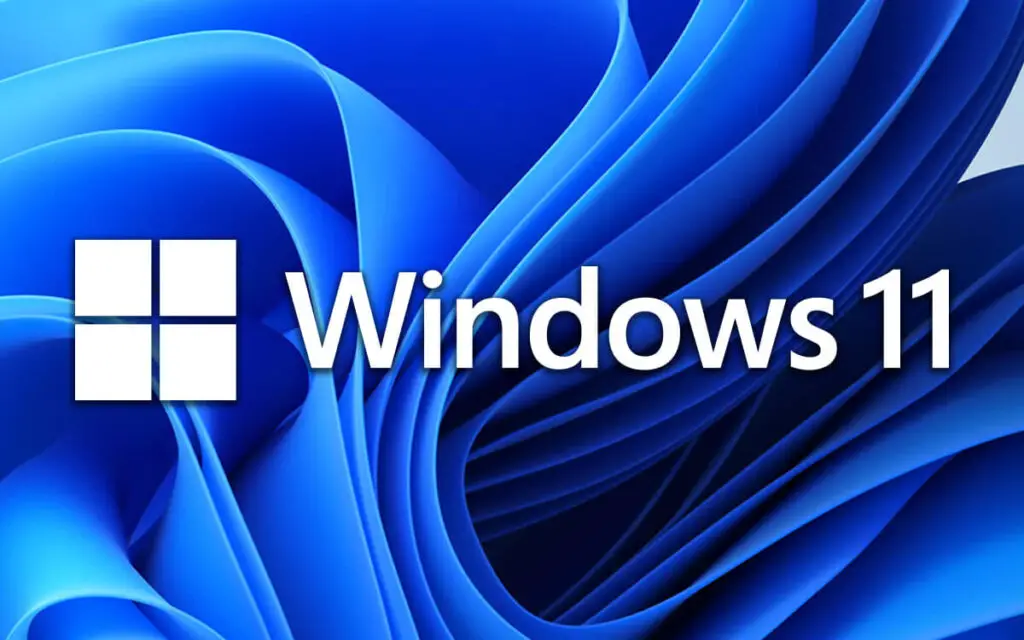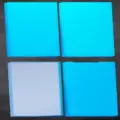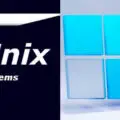Last Updated on July 8, 2023 by QCity Editorial Stuff
Yes, you can delete previous Windows installations from your computer. However, please note that deleting previous Windows installations can be a complex process and requires caution to avoid accidentally deleting important files or damaging your operating system.
Steps to Delete Previous Windows Installations
If you have recently upgraded to a new version of Windows or performed a clean install, you may be wondering if it is safe to delete the previous Windows installations to free up disk space. The answer is yes, you can delete previous Windows installations, but you should follow the proper steps to ensure that you don’t accidentally delete important files or cause any issues with your system. Here are three methods you can use to delete previous Windows installations:
Using Disk Cleanup
- Press the Windows key + R on your keyboard to open the Run dialog box. Type “cleanmgr” and press Enter.
- Select the drive where Windows is installed (usually the C: drive) and click OK.
- Click on “Clean up system files” and wait for Disk Cleanup to calculate how much space can be freed.
- Check the box next to “Previous Windows installations” and any other items you want to delete, then click OK.
- Click Delete Files when prompted to confirm the deletion.
Using Storage Sense
- Open the Settings app by pressing the Windows key + I on your keyboard.
- Click on “System” and then select “Storage” from the left-hand menu.
- Toggle on “Storage Sense” if it is not already enabled.
- Click on “Configure Storage Sense or run it now” and then click on “Clean now” under the “Free up space now” section.
- Check the box next to “Previous Windows installations” and any other items you want to delete, then click “Remove files”.
Manually Deleting Previous Windows Installations
- Open File Explorer by pressing Windows key + E on your keyboard.
- Navigate to the drive where Windows is installed (usually the C: drive).
- Open the “Windows.old” folder, which contains the previous Windows installation.
- Delete the entire “Windows.old” folder by either pressing Shift + Delete or right-clicking on the folder and selecting “Delete”.
- Confirm the deletion when prompted.
Reasons to Delete Previous Windows Installations

There are several compelling reasons to delete previous Windows installations:
- Free Up Disk Space: Previous Windows installations can occupy a significant amount of disk space, potentially causing your computer to run low on storage. By removing these files, you can free up valuable space for other applications and files.
- Improve System Performance: Operating systems can become bloated over time, with unnecessary files and configurations. Deleting previous Windows installations can help streamline your system, improving overall performance and responsiveness.
- Ensure Data Security: If you’ve stored sensitive data on your previous Windows installation, such as personal documents or financial information, removing the installation eliminates the risk of unauthorized access to those files.
It’s important to note that before deleting previous Windows installations, you should ensure that you have successfully migrated all necessary files and data to your current Windows installation. Once you’ve confirmed that all essential files are safely transferred, you can proceed with deleting the previous installations.
How to Check for Previous Windows Installations
If you’re looking to free up some space on your computer’s hard drive, you may be wondering if it’s safe to delete previous Windows installations. In most cases, it is safe to delete these installations, as they are usually left behind after a Windows upgrade or update. However, it’s always a good idea to check for these installations before deleting them. Here are two methods you can use to check for previous Windows installations:
Using Disk Cleanup
- Open Disk Cleanup: Press the Windows key + R on your keyboard to open the Run dialog box. Type “cleanmgr” and press Enter. This will open the Disk Cleanup utility.
- Select the Drive: Select the drive where Windows is installed (usually the C: drive) from the drop-down menu and click OK.
- Run Disk Cleanup: In the Disk Cleanup window, click on the “Cleanup system files” button. This will scan your system for unnecessary files, including previous Windows installations.
- Check Previous Windows Installations: In the list of files to delete, look for the category “Previous Windows installations” and check the box next to it.
- Delete the Files: Click on the “OK” button to delete the previous Windows installations. You may be prompted to confirm the action.
Manually Checking for Previous Windows Installations
If you prefer a more manual approach, you can check for previous Windows installations by following these steps:
- Open File Explorer: Open File Explorer by pressing the Windows key + E on your keyboard.
- Go to the Windows Installation Folder: Navigate to the drive where Windows is installed (usually the C: drive) and open the Windows folder.
- Check for Windows.old Folder: Look for a folder called “Windows.old” within the Windows folder. This folder contains previous Windows installations.
- Open the Windows.old Folder: Double-click on the Windows.old folder to open it and check its contents.
- Delete the Previous Windows Installation: If you’re sure you no longer need the previous Windows installation, you can delete the Windows.old folder.
Before deleting any files or folders, it’s important to make sure you have a backup of any important data. Deleting previous Windows installations can free up a significant amount of space on your hard drive, but it’s always a good idea to double-check before removing them.
Conclusion
In conclusion, when it comes to deleting previous Windows installations, it is possible to do so to free up disk space and ensure a cleaner system. However, it is recommended to proceed with caution and take some necessary precautions. If you are unsure or uncomfortable with the process, it is advisable to seek professional assistance or perform thorough research before proceeding.
References:
https://www.techbout.com/delete-previous-windows-installations-57843/
https://www.anoopcnair.com/windows-10-clean-previous-windows-inst





